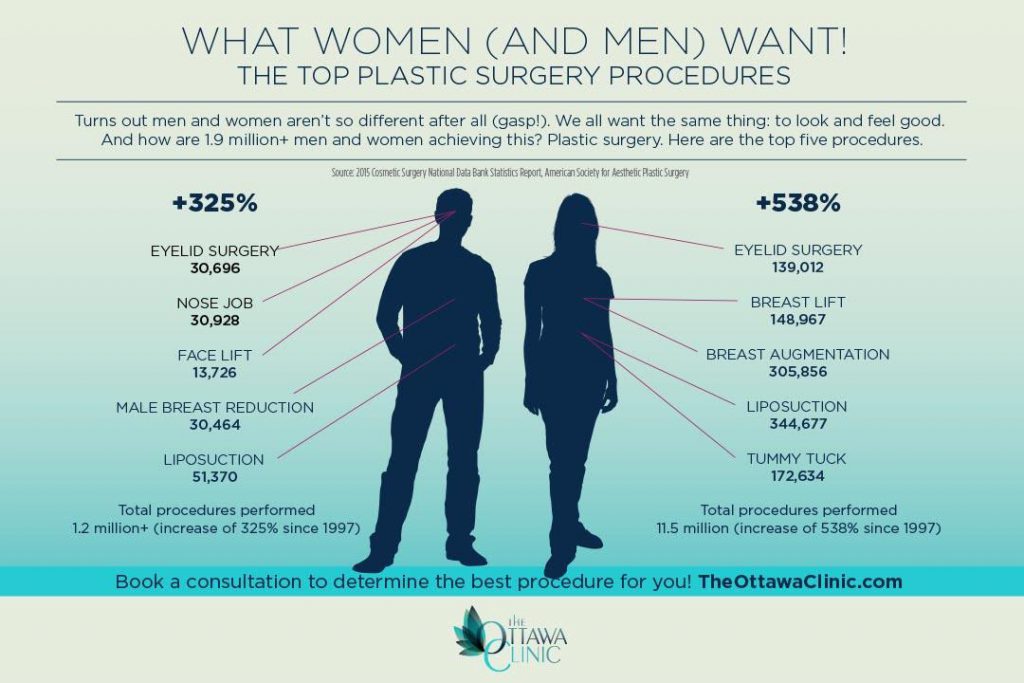Blackheads And Whiteheads
Blackheads And Whiteheads
Blog Article
Hormone Acne - What is Hormonal Acne?
Hormone acne is identified by stopped up pores and oily skin that usually appears on the chin and jawline. It occurs when hormone modifications set off inflammation and microbial overgrowth within hair follicles.
Breakouts may appear as whiteheads, blackheads, papules or pustules and cysts or nodules in a lot more extreme instances. It is more common in teens going through puberty however can impact adults of any type of age.
What Creates Hormone Acne?
While acne can be brought on by a selection of variables, including using hair and skin care products that aren't oil-free or made with ingredients that could clog pores, genetic predisposition, diet,2 and tension, the source is changing hormonal agents. Hormone acne happens when the body experiences hormone modifications and changes that result in an overproduction of sebum, which triggers inflammation, enhanced growth of germs and modifications in skin cell activity.
Hormonal acne is frequently discovered on the lower jawline, cheeks and neck but can appear anywhere on the body. It is characterized by imperfections that are cystic, excruciating and loaded with pus or various other product. It is additionally most likely to happen in ladies than men, especially during puberty, the menstruation, maternity or menopause.
Age
While lots of youngsters experience acne eventually during the age of puberty, it can remain to pester grownups well into their adult years. Known as hormonal acne, this kind of outbreak is connected to changes in hormones and is generally most common in females.
Hormone acne happens when oil glands create too much sebum, which clogs pores and catches dead skin cells. This causes the formation of blemishes, such as whiteheads, blackheads and papules, pustules, cysts or nodules, deep under the surface area.
This kind of acne frequently causes discomfort, soreness and inflammation. It may also be intermittent and show up around the exact same time each month, such as right prior to your duration starts. This is due to the fact that degrees of women hormones like progesterone and oestrogen fluctuate with each menstruation.
Menstruation
Hormonal acne typically shows up in the reduced part of your face, along the jawline and cheeks, as whiteheads, blackheads or inflammatory pimples (pimples and cysts). It's more than likely to appear around the time when your menstruation modifications.
Particularly around ovulation, when estrogen and progesterone levels get on the increase, hormone variations can trigger breakouts. But it's additionally possible to obtain acne at any kind of point during your 28-day menstruation.
If you discover that your hormonal acne flare right before your period, attempt discovering when exactly this takes place and see if it associates with the stages of your 28-day menstruation. This will aid you identify the root causes of your skin problems. For instance, you may wish to work on stabilizing your blood glucose and cutting out high-sugar foods, or take into consideration a prescription medicine like spironolactone that can regulate your hormonal agents.
Pregnancy
Expanding an infant is a time of dramatic hormone modifications. For several ladies, this includes a flare-up of hormone acne. This type of outbreak usually starts in the very first trimester, around week six. It's triggered by hormone rises that stimulate sweat glands to make more oil, which can obstruct pores and trigger more germs to build up.
Outbreaks may likewise occur as a result of pre-existing problems like polycystic ovary syndrome, which can additionally be an issue while pregnant and menopause. Likewise, some sorts of birth control pills (such as Ortho Tri-Cyclen and YAZ) can cause hormonal acne in some females.
Luckily, most acne therapies are "no-go" for pregnant females (including prominent acne-fighting ingredients such as isotretinoin and spironolactone). Yet if you can't prevent those annoying bumps, your medical professional may recommend oral erythromycin or cephalexin, which are risk-free during pregnancy.
Menopause
As ladies come close to menopause, the estrogen levels that triggered their hormone acne to flare up throughout puberty start to stabilize and reduce. At the same time, however, a spike in androgens (likewise called male hormones) takes place because these hormones can not be converted into estrogen as successfully as before.
The extra of androgens can cause oil production by the sweat glands, which obstructs pores. When the blocked pores ended up get more info being swollen and irritated, an acne kinds.
Hormonal acne is normally seen on the face, particularly around the chin and jawline, however it can take place on the neck, back, shoulders, or chest. This kind of acne has a tendency to flare in a cyclical pattern, comparable to the menstruation. Stress, which enhances cortisol and tosses hormonal agents out of balance, likewise adds to the breakouts.